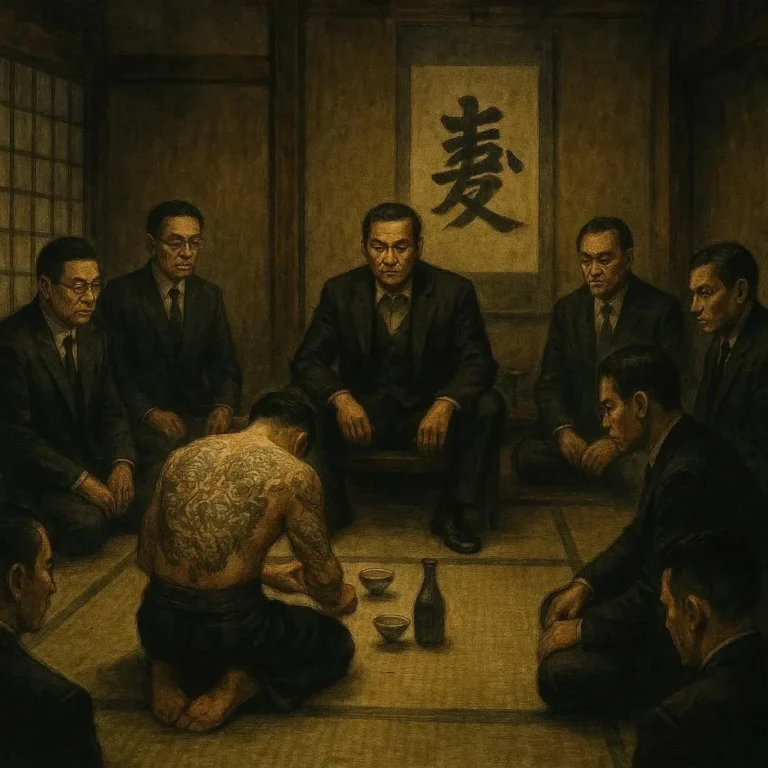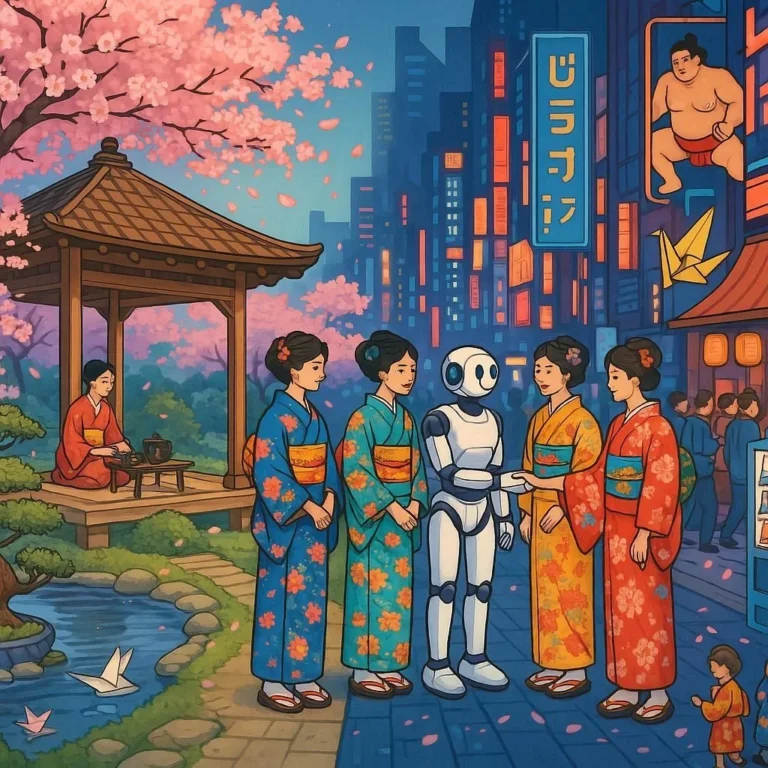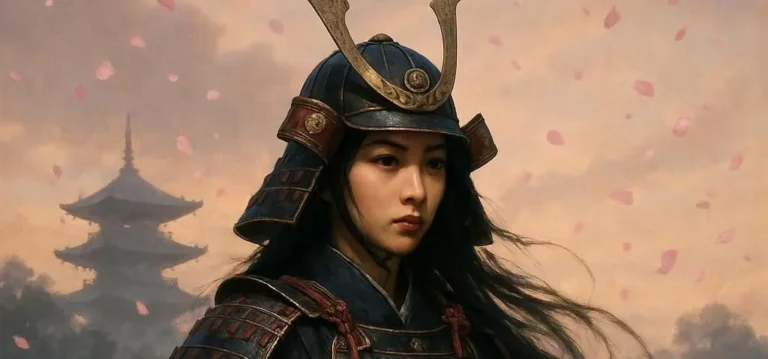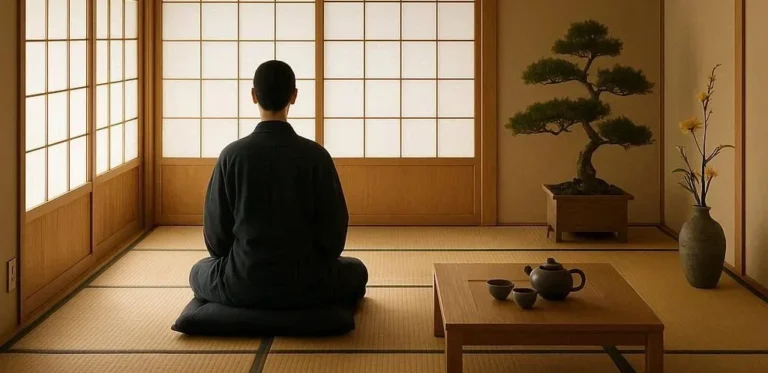509 views Japan Culture: A Journey Through Tradition, Innovation, and Everyday Life
Japan is an island nation that has captivated the world for centuries with its unique blend of ancient customs and cutting‑edge technology. From the tranquil gardens of Kyoto to the neon‑strewn streets of Tokyo, the country offers a tapestry of sights, sounds, and experiences that are as diverse as they are authentic. In this guide, we’ll dive deep into the core elements that shape Japanese culture, explore how they coexist, and offer practical tips for travelers who want to immerse themselves in the authentic Japanese way of life.
1. The Roots of Japanese Culture
1.1 A Brief Historical Snapshot
Japanese culture is a living history that dates back thousands of years. The earliest known period, the Jōmon era (c. 14 000–300 BCE), is famed for its cord‑patterned pottery and hunter‑gatherer society. The following Yayoi period introduced rice cultivation, metallurgy, and the beginnings of a societal hierarchy. By the Heian era (794–1185 CE), Kyoto had become the imperial capital, and literature—most notably The Tale of Genji by Murasaki Shikibu—thrust Japanese storytelling onto the world stage.
The Kamakura (1185–1333) and Muromachi (1336–1573) dynasties saw the rise of samurai culture, the implementation of feudal governance, and the flourishing of Zen Buddhism. Fast forward to the Edo period (1603–1868), when strict class divisions intertwined with merchant prosperity, eventually giving birth to the ukiyo‑e woodblock prints that, to this day, inspire artists worldwide.
In 1868, the Meiji Restoration opened Japan to the West, triggering a swift wave of industrial modernization that set the nation on a path to become an economic powerhouse by the 1930s. Despite wartime setbacks, Japan’s post‑war recovery ushered in a global cultural renaissance, with anime, manga, and video gaming spearheading Japan’s influence on pop culture.
1.2 Cultural Pillars That Define the Nation
- Respect and Harmony (Wa) – Harmony is central to Japanese interpersonal interactions. Whether it is bowing, speaking softly, or acknowledging the needs of others, the concept of wa underpins civic behavior.
- Attention to Detail – The meticulous craft that goes into a matcha ceremony, a Ninja footwear workshop, or a shoji screen is a testament to the country’s relentless pursuit of excellence.
- Balance of Tradition and Modernity – From ancient shrines nestled beside high‑rise office towers, to traditional kōhī shops co‑existing with Michelin‑starred robotic sushi bars, Japan’s skyline is an emotional dialogue between past and present.
2. Food: The Ultimate Cultural Manifestation
Japan’s cuisine is a showcase of seasonal artistry and utility. It’s both humble and extravagant, simple ingredients transformed into culinary masterpieces. Each region has its own fingerprint.
2.1 Breakfast and Daily Routine
A Japanese breakfast ( 朝食, choushoku ) may not always get the international spotlight, but it reflects a harmony of flavors. A typical set includes steamed rice, kombu‑dashi miso soup, grilled fish, a small portion of pickled vegetables (tsukemono), and sometimes a hard‑boiled egg. What makes it culturally significant is the balanced approach towards nutrition, portion control, and the respect for cooking a natural taste.
2.2 Sushi and Beyond
While sushi is probably the most recognizable Japanese dish abroad, Japan offers a cornucopia of other styles:
- Sashimi – thinly sliced raw fish, showcased for its freshness.
- Ramen – a noodle soup with the most diverse broths: tonkotsu, shoyu, miso, and shio.
- Okonomiyaki – a savory pancake that’s essentially a “you‑want‑what‑you‑want” meal.
- Kaiseki – multi‑course haute cuisine that showcases regional ingredients and the chef’s artistry.
2.3 Tea and the Art of Chan‑do
Tea is more than a drink; it’s an experience. The Japanese tea ceremony (chan‑do or sado) is a ritual that intertwines mindfulness, aesthetics, and spirituality. The tea master prepares matcha using a stone whisk, ensuring the rhythm and precision of each stir matches the serene music of koto and shamisen.
3. Arts, Crafts, and Architecture
3.1 Traditional Arts
- Ikebana – The art of flower arrangement turns vase, stem, and petal into a living poem.
- Calligraphy (Shodo) – Using brush and ink, shodo records the soul of the word.
- Kabuki – A stylized form of theater featuring elaborate costumes and dramatic improvisation.
- Noh – Even older than Kabuki, this mask‑driven drama carries a sense of solemnity.
3.2 Contemporary Shifts
While preserves of heritage exist, Japanese design also heavily influences global trends. The minimalist aesthetic present in architecture, interior design, and fashion is a direct descendant of traditional Japanese concepts such as wabi‑sabi (beauty in imperfection) and ma (negative space).
4. Festivals: A Collective Celebration of Life
Japan’s festival calendar is richly layered.
- Sakura Matsuri (Cherry Blossom Festival) – These 2‑to‑3-week celebrations witness people gathering at parks for hanami picnics.
- Gion Matsuri (Kyoto) – Hosts vibrant floats and processions that tell the story behind Kyoto’s religious temples.
- Obon (mid‑August) – A ritual honoring ancestors, where bon‑bon floats glide down streets.
- Snow Festival (Sapporo) – prismatic snow and ice sculptures attract millions; the atmosphere is twenty‑four‑hour‑long.
5. Modern Life: Technology, Work Culture, and Lifestyle
5.1 Innovation Ecosystem
From robotics to high‑speed rail, we can see elements of the innovation laboratory having a strong influence on the everyday experiences of Japanese citizens. The world‑famous Shinkansen or bullet train exemplifies Japan’s continuous race against the clock.
5.2 Work Culture
The work ethos here is built on hikō‑chi (harmony) and giri (duty). While some might dream of a work‑life balance, Japan faces a unique blend of dedication that both inspires and, at times, pushes the boundaries of health.
5.3 Pet Culture and Social Interaction
If you live in the suburbs, you will encounter people with tiny dogs, cats, or even tsuchinoko (rare candy lizard). Pet cafes are a cultural phenomenon where tourists can enjoy coffee while interacting with an array of furry companions.
6. Japan–Global Nexus
Over the last two decades, Japanese media and products have become embedded in everyday life around the world – from anime fandoms to the convenience of sushi restaurants in the suburbs. Moreover, the Japanese concept of omotenashi (hospitality) sets a global standard for service and customer care.
7. How to Experience Japan’s Culture Upside‑Down
- Shadow a Samurai with a Master Chef – Free cooking classes avail in Kyoto; some cater to those wanting to savor the art.
- Stay in a Ryokan – Options from the remote mountains in Hokkaido to the pace‑free streets of Shimokitazawa.
- Volunteer at a Festival – Get a tangible manner by joining the festival‑organizing crew.
- Learn Two Japanese Words – ‘Arigatō’ and ‘Konnichiwa’ can break properties. Small, humble gestures go a long way.
- Embrace Speed – Heave a quick sushi ride on a capsule train with a sushi‑hand‑object.
8. Final Thoughts
Japan’s culture is an artisanal mosaic that weaves an intimate bond between the past, present, and future. The reverence for tradition gives depth and meaning to everyday rituals, while innovation continues to perpetuate cultural evolution. For anyone eager to appreciate this intricate tapestry, traveling beyond the tourist hotspots to the locals’ streets can provide a lasting perspective and an opportunity to appreciate the subtle nuance. We hope this post encourages you to dive into Japan’s heartbeat and carry its musical harmony back with you.







